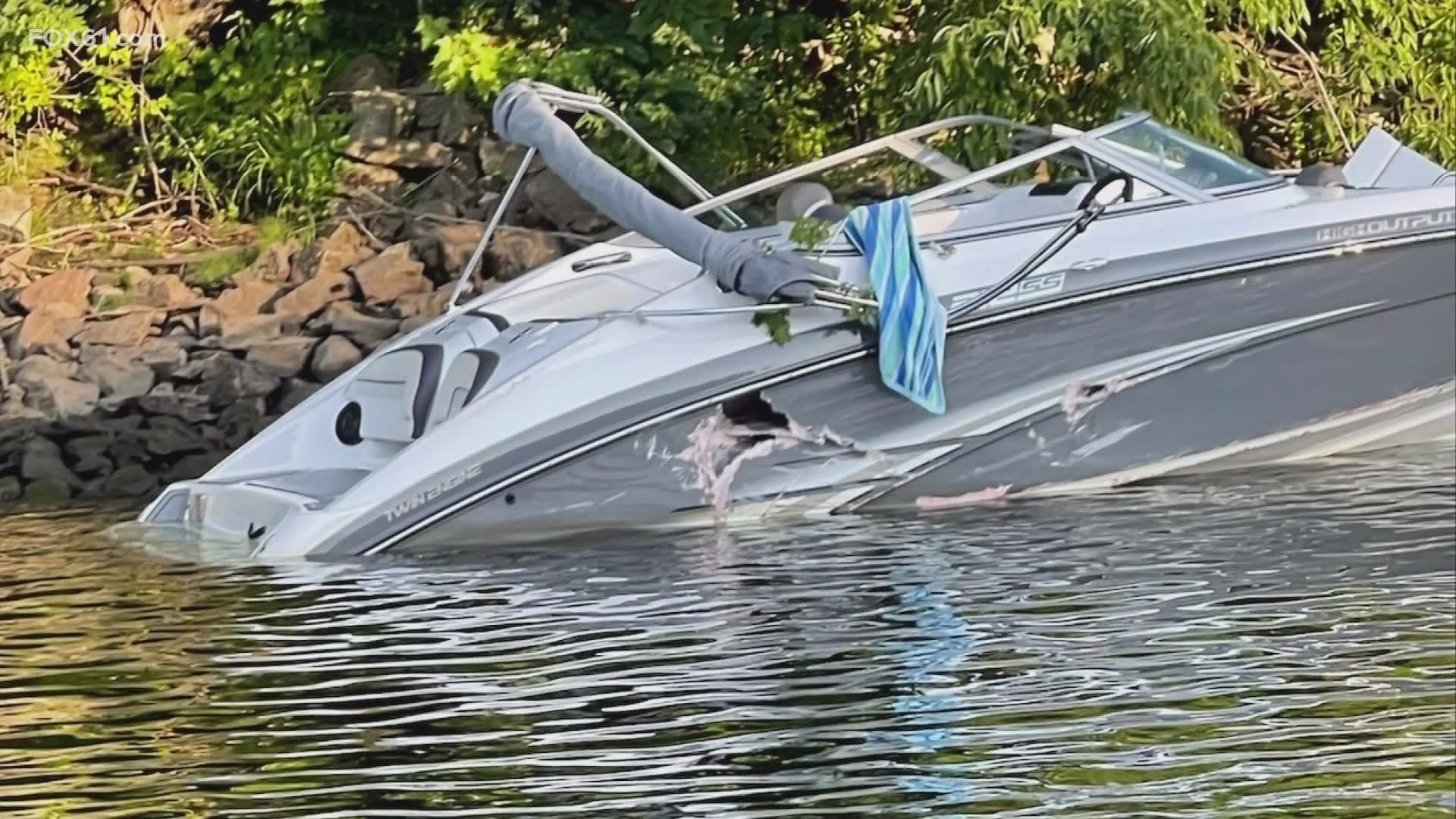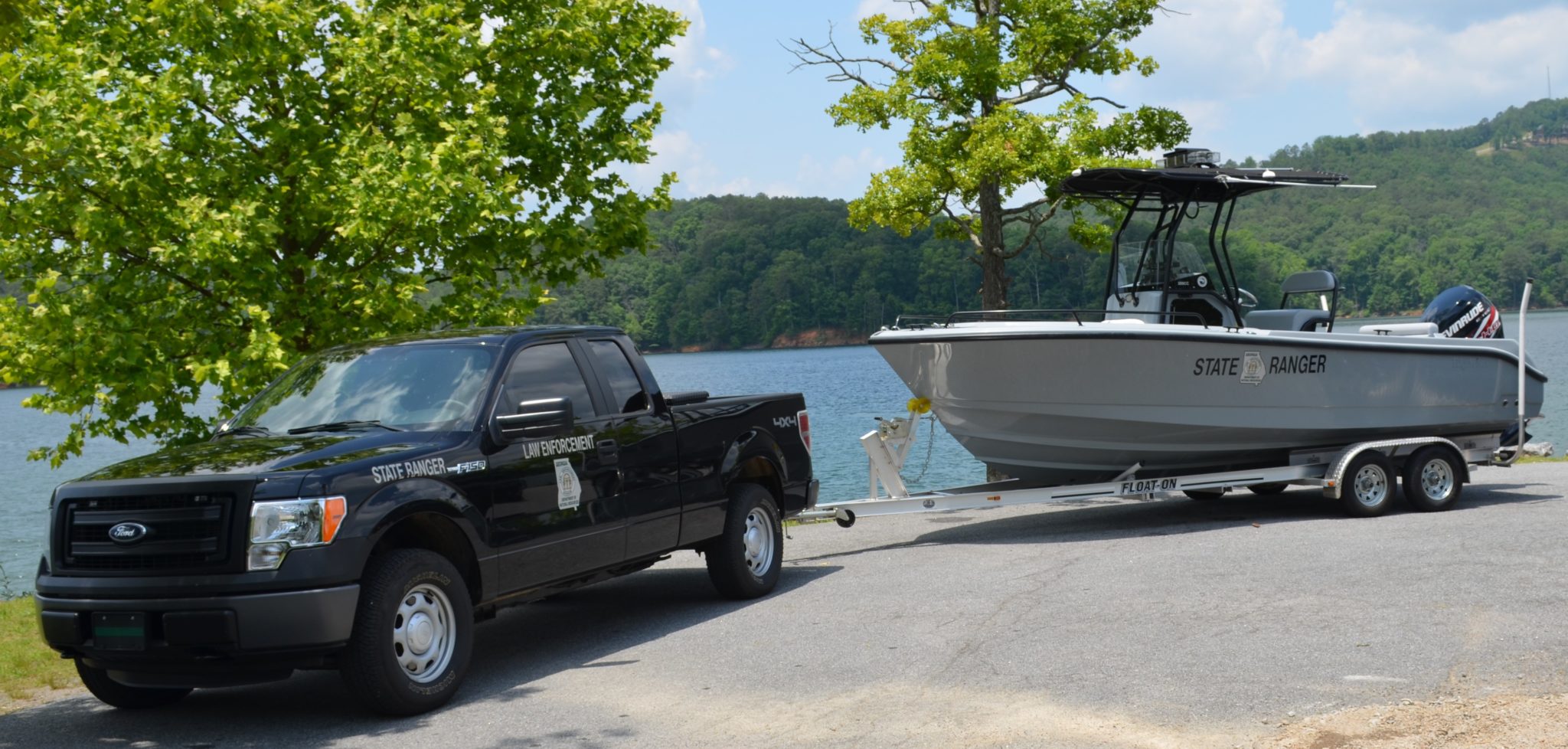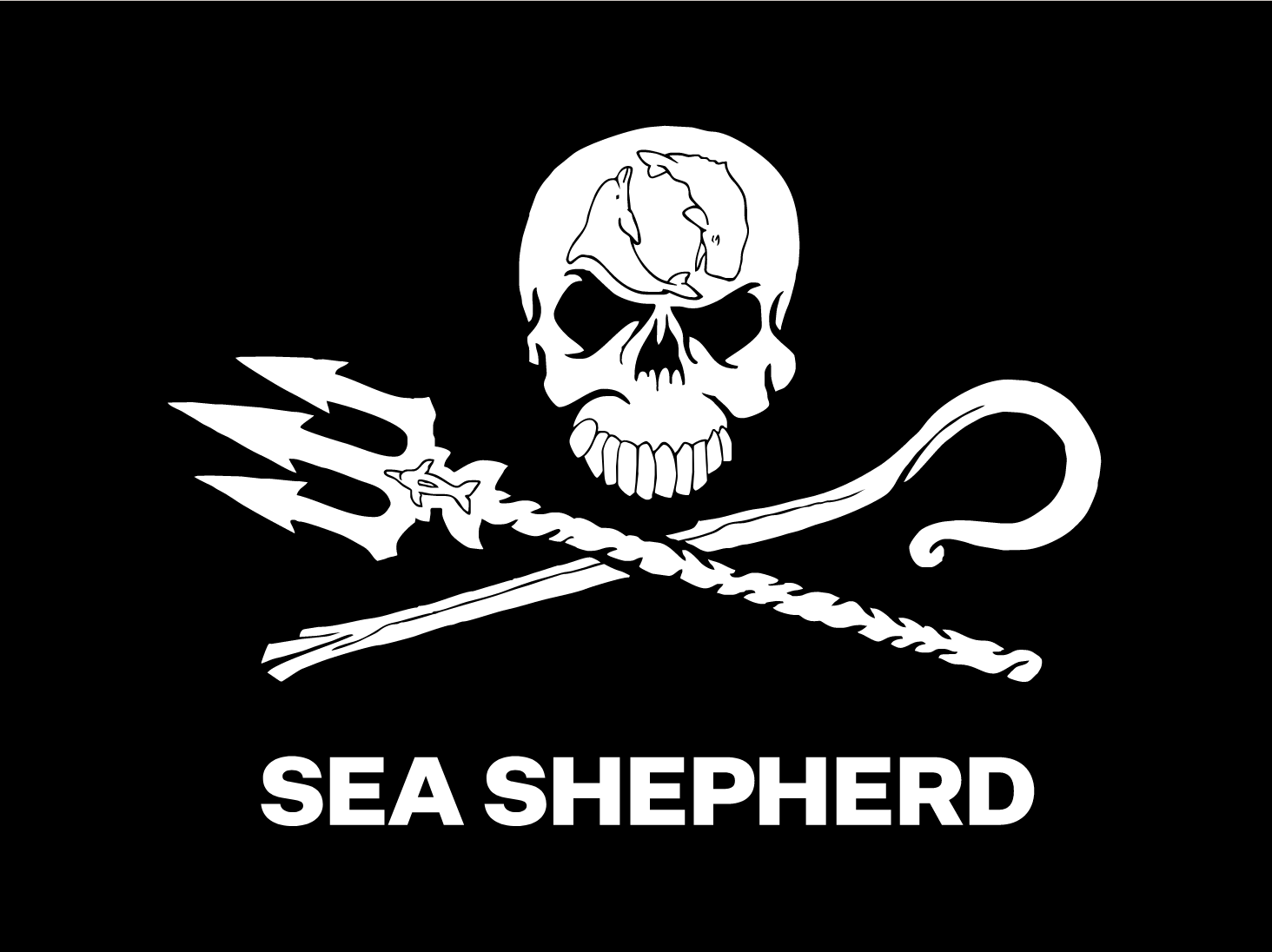Depth Finder for Boat 2024: Essential Guide to Top Models
As technology continues to advance, finding the best depth finder for your boat has become increasingly important for successful fishing and safe navigation.

In 2024, depth finders, also known as fish finders, have seen significant improvements in features, functionality, and compatibility. These advanced marine electronics allow boat owners to obtain accurate information about the underwater environment, making it easier to locate fish and navigate through potentially dangerous waters.
Depth finders function by emitting sound waves and measuring the time it takes for those waves to bounce back, providing valuable data on water depth and bottom contours.

The market offers a wide variety of depth finders with different capabilities, ranging from basic models to some with cutting-edge technology such as GPS integration, side imaging, and even live sonar imaging.
Boat owners should make an informed decision based on their needs, budget, and the intended purpose of the depth finder.
Key Takeaways
- Depth finders contribute to successful fishing and safe navigation by providing accurate underwater information.
- The market offers a range of models with different capabilities, from basic to advanced technology.
- Boat owners must consider their needs, budget, and intended purpose when selecting the best depth finder for their vessel.
Understanding Depth Finders
Depth finders are essential tools for boaters and anglers, helping to navigate the water and locate fish more effectively.
In this section, we will explain the fundamentals of sonar technology, key features of depth finders, and types of transducers used in these devices.
Fundamentals of Sonar Technology
Sonar technology is the foundation of depth finders, using sound waves to detect objects and measure water depth.
There are two types of sonar commonly used in depth finders: traditional sonar and CHIRP sonar.
Traditional sonar emits a single frequency, while CHIRP (Compressed High-Intensity Radiated Pulse) sonar uses a range of frequencies for more accurate underwater imaging. With CHIRP, you get better target separation, making it easier to identify fish and structures beneath your boat (Source).
Key Features of Depth Finders
When selecting a depth finder, consider the following key features:
- Screen Size: Bigger screens provide more detail and better visibility, especially in bright sunlight. Common screen sizes range from 3 to 13 inches (Best Fish Finders of 2024).
- GPS: Integrated GPS helps in navigation and marking fishing spots on the water.
- Connectivity: Some depth finders offer Wi-Fi and Bluetooth connectivity, allowing data sharing and management through smartphone apps.
- Control Interface: Keypad or touchscreen interfaces are available, with touchscreen models providing easier navigation through menus and settings.

Types of Transducers
A transducer converts electrical energy into sound waves, transmitting them into the water and receiving echoes that return from objects beneath the surface.
There are different types of transducers to suit various needs:
- Single/Dual Beam: Ideal for shallow and freshwater environments, offering a wide-angle view.
- Side Imaging: Provides clear, detailed images of the underwater environment to the sides of the boat, helpful in locating fish-holding structures (Side Imaging Fish Finders).
- Down Imaging: Delivers detailed images directly beneath the boat, showing fish, plants, and debris (Down Imaging Fish Finders).
- Live Imaging: Offers real-time, high-resolution images of the underwater environment, allowing for easier fish tracking (Live Imaging Fish Finders).
Popular Brands and Models
In the world of depth finders for boats, there are several renowned brands and models that stand out in 2024. These brands have consistently offered outstanding performance and features, making them popular choices for anglers and boaters alike.
Humminbird's Latest Offerings
Humminbird continues to be a leading brand in the depth finder market, with some of their latest models incorporating advanced technology and impressive features.
The Humminbird Helix 7 provides anglers with a reliable and accurate sonar system, combined with a high-resolution display and Humminbird Basemap preloaded for easy navigation.
Some noteworthy features of the Humminbird Helix 7 include:
- High-resolution 7-inch display
- CHIRP sonar for increased detail and accuracy
- Humminbird Basemap for easy navigation
Garmin's Advanced Technology
Garmin has long been a trusted name in marine electronics, and their depth finders are no exception.
One of their standout models is the Garmin ECHOMAP series, which offers a range of advanced features and technologies to help you get the most out of your boating experience.
Highlights of the Garmin ECHOMAP series include:
- Built-in GPS for precise navigation
- High-resolution touchscreen displays
- Quickdraw Contours software for creating custom maps
- CHIRP ClearVü scanning sonar
For those on a budget, the Garmin STRIKER 4 is an excellent option, providing a compact, affordable, and reliable fish finder with GPS capabilities.
Lowrance's Innovative Solutions
Lowrance is another reputable brand in the depth finder industry, known for their high-quality products and innovative designs.
The Lowrance Elite FS 7 is a top-of-the-line model, offering a range of advanced features designed to help you find fish more effectively and navigate your waters with ease.
Key features of the Lowrance Elite FS 7 include:
- SolarMAX display for excellent visibility in all conditions
- C-MAP Contour+ mapping for detailed navigation
- ActiveTarget Live Sonar for real-time tracking of fish
Additional Renowned Brands
Outside of the big three - Humminbird, Garmin, and Lowrance - there are other notable brands that offer quality depth finders for boats, such as Simrad. These companies have developed reliable and advanced fish finders, ensuring anglers and boaters have a variety of options to choose from in 2024.
Functionalities and Innovations
Mapping and Navigation
In 2024, depth finders for boats offer advanced mapping and navigation features.
Boaters can now expect enhanced navionics and detailed contour maps, making it easier to navigate waterways.
Some depth finders incorporate autochart live, which allows users to create custom contour maps in real-time as they navigate the water. This enables boaters to identify potential fishing spots, hazards, and other underwater structures with more accuracy.
Imaging Technologies
Imaging technology in depth finders has come a long way in recent years, introducing features like side imaging, down imaging, and mega imaging.
Side imaging provides wide-angle views of underwater structures and fish, allowing for easy identification of prime fishing locations. Down imaging, on the other hand, offers high-resolution, focused images directly below the boat.
One of the latest innovations in imaging sonar is mega imaging, providing incredibly detailed and clear underwater images. This technology enhances the user's ability to identify fish, structures, and other underwater objects with ease, streamlining their boating experience.
Live Sonar Features
Depth finders now offer live sonar features for real-time observation of underwater structures and fish movements.
Devices equipped with livescope or mega live imaging allow boaters to actively track fish and identify underwater structures in real-time, making it possible to react to changes in the underwater environment quickly and efficiently.
Selecting a Depth Finder
Matching Features to Needs
When choosing a depth finder for your boat, it is essential to match the device's features to your specific needs as an angler.
First, determine the type of fishing you will be doing—whether it's kayak fishing, ice fishing, or fishing on a larger vessel. Some depth finders have features tailored for specific activities, so having a clear idea of how you will use the device will help you make the best decision.
For example, a portable unit may be more suitable for kayak fishing, while a larger, more advanced device may be needed for deep ocean fishing.
Considering the Location
The location where you will be fishing also plays a significant role in selecting a depth finder.
If you plan to fish in shallow waters like flats or lakes, a depth finder with a narrow high-frequency beam will provide better detail and accuracy than one with a broader, lower-frequency beam.
On the other hand, if you will be fishing in deep waters such as the ocean, you may require a depth finder with a wide low-frequency beam capable of penetrating deeper below the surface.
Down Imaging and Side Imaging are valuable features in such environments as they provide a more comprehensive view of what's below your boat.
Working within Your Budget
Lastly, when selecting a depth finder, it's essential to work within your budget. Depth finders come at various price points, and it's crucial to find one that meets your needs without breaking the bank.
To help with this decision, consider making a table to compare features and prices:
| Feature | Low Budget | Mid-Range | High-End |
|---|---|---|---|
| Screen Size | 4" - 5" | 7" - 9" | 10" - 16" |
| Display Type | Monochrome | Color TFT | HD LED |
| Frequency Range | Single | Dual/Triple | Multi-frequency |
| Imaging Options | Basic | Down Imaging | Side, Down, and Live Imaging |
| Price Range | <$200 | $200 - $1000 | >$1000 |
By considering these factors—matching features to your needs, your fishing location, and working within your budget—you will be well-equipped to select the ideal depth finder for your boat in 2024.
Installation and Setup
Mounting Your Transducer
The first step in installing a depth finder is to properly mount the transducer. The transducer is the critical component responsible for sending and receiving signals to measure depth and detect underwater objects.
It should be placed in a location that provides consistent contact with the water and is free from interference from the boat's hull, propeller, or other equipment.
Some possible mounting options include through-hull installation, transom mounting, or using a trolling motor mount [^1^].
When mounting your transducer, carefully follow the manufacturer's instructions and select a location that will not impede the boat's performance or cause turbulence.
Some depth finders feature user-friendly transducer mounting systems, such as Humminbird's Transom Mounting Hardware or Lowrance's Quick Release Bracket, allowing for easy installation and adjustments.
Configuring Your Device
Once the transducer is correctly mounted, the next step is to configure your depth finder's settings. Proper configuration will ensure the accuracy and reliability of the data displayed.
Many modern depth finders have user-friendly interfaces, making it simple to set up and customize the device according to your preferences.
Some common settings to configure include:
- Units of measurement (feet, meters, or fathoms)
- Depth range (automatic or manual)
- Display options (color palette, screen brightness, etc.)
- Fish or structure identification features (if available)
Additionally, make sure to calibrate the device's sensitivity and noise filtering options to ensure accurate depth readings and minimize false information on the display.
Connection and Integration
With the depth finder mounted and configured, the final step is connecting and integrating the device with your boat's existing electronics.
Modern depth finders often offer various connectivity options, such as Bluetooth, Wi-Fi, and NMEA 2000 compatibility, allowing you to interface with other devices like GPS systems, chart plotters, or fish finders.
In particular, NMEA 2000 is a widely-adopted marine networking standard that enables seamless communication between various boat electronics [^2^].
By integrating your depth finder with other devices, you can enhance the overall functionality and increase situational awareness while on the water.
User Experience
Ease of Use and Accessibility
Depth finders for boats in 2024 emphasize user-friendly interfaces, making it easier for anglers to get the most out of their device.
Modern depth finders often feature touchscreen capabilities and intuitive menus, enabling quick adjustments and navigation through settings. In addition, many models include wireless connectivity, enabling users to sync their devices with smartphones or tablets for additional functionality and control.
- User-friendly interfaces: Touchscreen capabilities, intuitive menus
- Wireless connectivity: Sync with smartphones or tablets
Readability and Display Clarity
A critical aspect of depth finders is the clarity and readability of the display. In 2024, depth finders offer crisp images with high-resolution color displays, ensuring that users can easily interpret the data provided by the device.
Some models also offer a black and white display option for users who prefer a more simplistic design.
When choosing a depth finder, aspects such as screen size, resolution, and brightness should be considered to ensure the device has optimal readability in various lighting conditions.
- High-resolution color displays: Crisp images, easy to interpret data
- Black and white display option: Simplistic design
- Screen size, resolution, and brightness: Ensure optimal readability
Durability and Portability
Durability is a key factor to consider when selecting a depth finder for a boat as these devices are often exposed to harsh environmental conditions.
Many depth finders in 2024 are constructed with rugged materials and waterproof casings, ensuring they can withstand rough use and exposure to water.
In addition, portable fish finders are becoming more popular, especially for small boats and kayaks. These portable models often have a compact design and come with versatile mounting options, allowing anglers to use them in a variety of settings and situations.
- Rugged materials and waterproof casing: Withstand harsh conditions
- Portable fish finders: Compact design, versatile mounting options
Additional Considerations
Fishing Techniques and Technology
In 2024, various fishing techniques and technology advancements have been incorporated into depth finders for boats, improving the overall experience for anglers.
It is important to consider the specific fishing techniques used and select a depth finder that complements them.
Features such as CHIRP sonar, side imaging, and down imaging can greatly enhance detection and identification of fish in different water depths and environments.
Some advanced fish finders, like the Garmin Striker Vivid 7sv, also offer technology such as live imaging that provides real-time views underwater, aiding in accurate lure placement and effective fishing.
Environmental Factors
When selecting a depth finder, it is essential to consider the environmental factors that impact fishing in your preferred locations.
Factors such as water depth, water temperature, and underwater terrain can influence the efficiency of a fish finder.
High-resolution screens, like those on the Humminbird HELIX 5 CHIRP GPS G3, can provide better images and readings in various environmental conditions.
Some depth finders may also include GPS capabilities, allowing you to save your favorite fishing spots and navigate back to them quickly.
Customer Feedback and Reviews
Before making a purchase, assess the customer feedback and reviews of your desired depth finder. Doing so can help ensure that the product is reliable, durable, and has satisfied the needs of other fishermen.
Browse through online forums, websites, and social media groups dedicated to angling enthusiasts to gauge the feedback on various products.
For example, the Lowrance Hook2 GPS Bullet Fishfinder is popular among anglers for being a budget-friendly option while still delivering essential features and quality performance.
Frequently Asked Questions
What are the top-rated depth finders for boats in 2024?
In 2024, some of the top-rated depth finders for boats include the Humminbird Apex 13 Mega SI+ as the best overall, the Lowrance HDS LIVE 12 Fish Finder/Chartplotter for professional anglers, and the Deeper Smart Sonar CHIRP 2 for small boats.
How do the prices of 2024 depth finders for boats compare among leading brands?
The prices of 2024 depth finders for boats vary significantly among leading brands.
High-end models like the Lowrance HDS LIVE 12 Fish Finder/Chartplotter can be quite expensive, reflecting its professional-grade features. On the other hand, more affordable options such as the Helix 5 fish finder offer excellent features at a lower price point.
Which depth finder provides the best value for money this year?
The Helix 5 fish finder provides the best value for money this year.
With a built-in GPS and CHIRP sonar for under $300.00, it delivers high-quality imaging and features in a compact form. It is perfect for anglers who operate smaller boats and want an affordable depth finder.
What are the new features of Garmin LiveScope models for 2024?
While specific details about Garmin's 2024 LiveScope models may not be available at the moment, Garmin is known to consistently innovate and improve its products.
You can expect further enhancements in imaging quality, user interface, and integration with other Garmin products in their upcoming LiveScope models.
What advancements has Lowrance introduced in their 2024 depth finder line?
One of the significant advancements in Lowrance's 2024 depth finder line is the Lowrance HDS LIVE 12 Fish Finder/Chartplotter.
This high-end unit offers crystal-clear imaging, extensive features, and compatibility with the One-Boat Network. It meets or rises above the standards set by competing brands, making it a top choice for professional anglers.
Is Humminbird releasing any break-through technology in their 2024 fish finders?
Humminbird's 2024 Apex 13 Mega SI+ is considered the best overall fish finder of the year. It integrates break-through technology and offers side-imaging capabilities.
This top-performing unit demonstrates the brand's dedication to innovation. It also shows the brand's commitment to helping anglers locate and catch more fish.
Charlie is Editor-in-Chief of Sea Magazine







